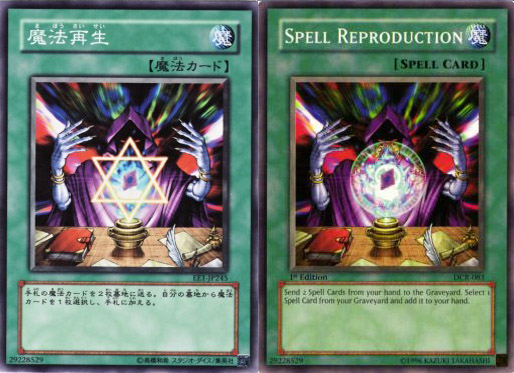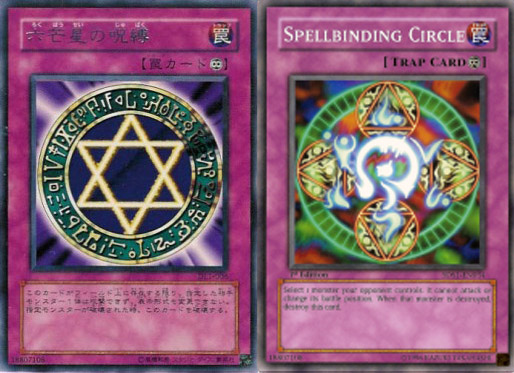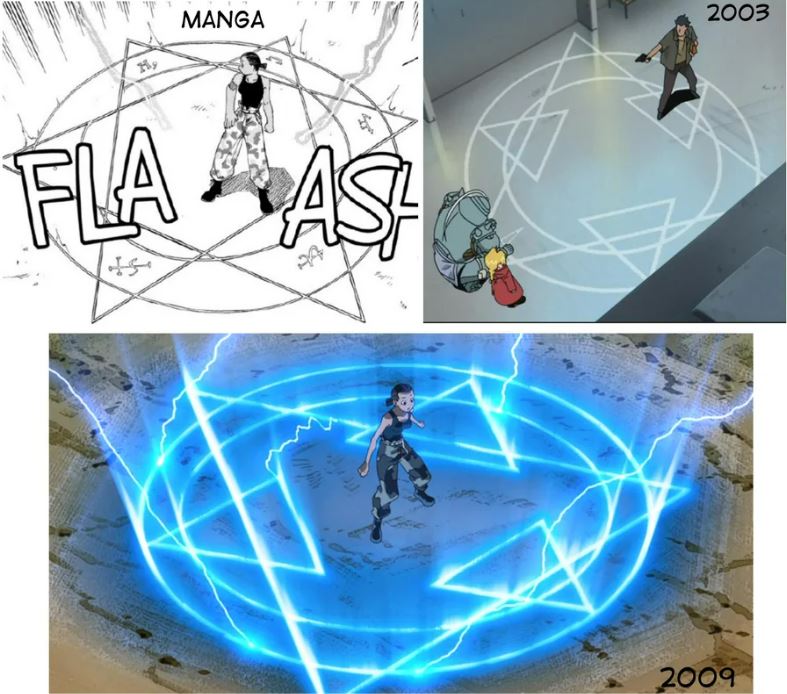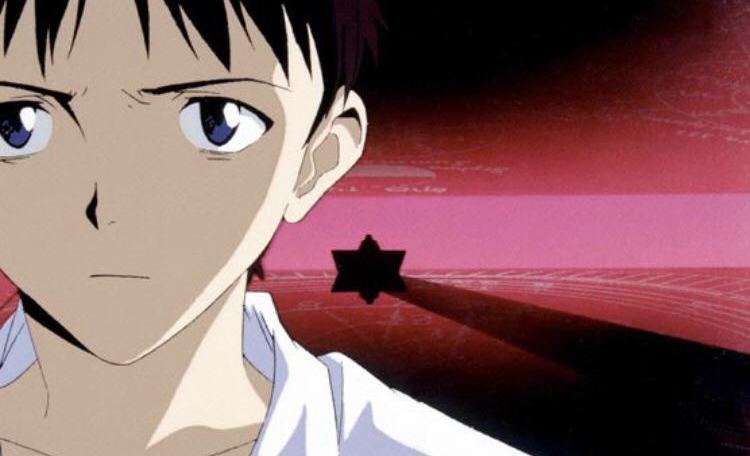In the past, use of the Hexagram had been generous in Japanese popular media such as manga and video games, most often finding its way into depictions of magic, alchemy, occultism and whatnot. However, in more recent years, the symbol has come to be avoided, sometimes even prohibited, leading to artists/companies reaching for alternatives, as well as censoring their past designs and characters that included it. At the same time, the Hexagram has existed in Japan since ancient times independently of its background and meaning in other parts of the world.

The hexagram, or six-pointed-star, is a geometrical shape formed by two regular triangles overlapping. Throughout history, it has appeared in different contexts in various cultures and religions, but has, in more recent history, come to be most widely associated with the Star of David, the symbol of the Jewish religion and Jewish national identity.
Independently from its ties with Jewish culture, the hexagram had, in popular Japanese media such as anime and manga, often been used for its associations with occult practices and ceremonial magic, many times appearing in character designs, environments etc., often seen as part of a summoning circle, spell or talisman (similarly to pentagrams). The hexagram is not alone in this sense either, as many other religious symbols and imagery, such as the Christian Cross and the Islamic Rub-el-Hizb, can be seen used in popular Japanese media in decorative or largely unrelated contexts as well.

The manga Full Metal Alchemist, first published in 2001, is a representative example of the use of hexagrams, with the hexagram appearing in “transmutation circles” used for performing alchemy, and as part of various character and object designs throughout the manga.
On the other hand, this very same example can also be used to note the censorship of hexagrams that gradually came to be. As early as 2003, the first anime adaptation of Full Metal Alchemist had swapped out all depictions of hexagrams with different geometrical designs. This tendency remained unchanged later on as well, with the second, 2009 anime adaptation likewise censoring the symbol.

Though no official explanation exists for the censorship, a plausible possibility is that, since the title was a major one, planned for distribution overseas, the production opted to swap out the hexagrams for fear they may be misunderstood as pertaining to Judaism, causing offense or controversy for being associated with antagonists, concepts conflicting with the religion etc. Similar censorship could also be seen in other series such as Saint Seiya, Yu-Gi-Oh! and Dragon Quest: The Adventure of Dai.
In 2018, the censorship of hexagrams in manga gained attention as a topic in the Japanese public when a comic artist posted on social media about their manga being made unlisted due to hexagrams appearing in it. They had been publishing their work on the online manga platform Jump Rookie by the major publishing company Shueisha. They noticed that their manga had been made “not public,” and this status continued until they swapped out the hexagrams appearing in the work. Other mangaka also reported similar incidents.
The Jump Rookie guidelines reportedly forbid depictions of imagery internationally considered to be “strong taboos” such as “Swastikas, the Quran, the Prophet Muhammad etc.,” though hexagrams are not mentioned.
In 2019, an editor of a “major shōnen manga publisher” made a statement on the topic for Diamond Online, commenting, “In principle, we avoid use of hexagrams. It can be used depending on the work, but when using it, you have to be prepared. In other words, you have to know the reasoning behind the decision and be prepared to explain it if dispute arises. The hexagram is associated with discrimination against Jewish people in World War II, so it’s not appropriate to use it with the naïve reasoning that it looks cool.”

Though the six-pointed-star had indeed been subverted and used to mark Jewish people by Nazis during World War II, the symbol has since been reclaimed and freed of the association with discrimination (in the sense that, on its own, a six-pointed-star is not a synonym for discrimination, as opposed to the Swastika for example). It seems that Japanese publishers have come to practice great caution with the symbol, even though not every six-pointed-star is the Star of David, and the symbol does not possess an inherent offensive nature. Perhaps it is easier to avoid the symbol as a whole rather than go into case-by-case studies of what contexts could be potentially offensive.
Incidentally, the hexagram exists in Japanese culture as well, independently from its origins and connotations on the West. The Japanese “kagome” pattern and crest feature a similar six-pointed-star, which is often used by Buddhist temples and Shinto Shrines, as well as families as a crest. A Japanese X/Twitter user recently spoke of this topic in a thread, commenting that in the Japanese context, the hexagram often has the meaning of signaling as well as protecting a well or source of water.





